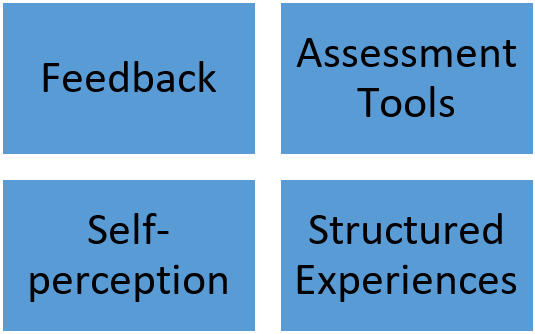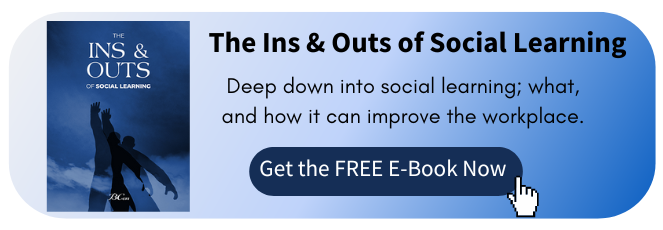Social Vs. Asocial learning
"People are social beings and want interaction, and social learning is the primary form of learning, just as word of mouth advertising is the highest form of advertising."
- Stephen M.R. Covey
Any behavior acquired by observing and imitating another person is referred to as "Social Learning". Although social learning frequently occurs in the animal kingdom, it has a powerful impact on people.
Knowing that social learning isn't always a conscious activity is crucial when examining what it actually is. You don't have to sit down with a pen and paper in hand to learn something; for social learning doesn't require someone to be aware that they are learning. In fact, you can pick up knowledge by watching someone else even without being conscious that you're learning.
This indicates that the process of social learning is a flexible, fluid learning style that can occur in various settings. People tend to be picky about who they imitate, and when and where they gain social skills, but this pickiness can be either conscious or unconscious.
The definition of social learning is up for debate. According to some academics, the phrase "Social Learning" is erroneous. This is because people can learn socially, which is distinct from asocial learning, even though the mechanisms underlying social learning in humans are not solely social.
Asocial learning is solitary learning, where a person picks up new skills through trial and error and personal experience. Individual Learning is another name for asocial learning. Asocial learning doesn't include imitating or watching others, unlike social learning. It does not take place in a group or entail teamwork or sharing.
However, let's examine theories of motivation, growth, and psychological progress such as the "Self-Determination Theory". We will find that it entails three factors for learning and development: autonomy, competence, and connection or relatedness. This shows that the self-determination theory suggests that motivation and learning usually require a social context to occur practically and effectively.
All Starts with Self-Awareness
Learning about ourselves is known as self-awareness. It's essential to understand ourselves first before we attempt to learn from others, i.e. before social learning happens.
What Self-Awareness is3
Self-awareness means deeply understanding one's emotions, strengths, weaknesses, needs, and drives. People with strong self-awareness are neither overly critical nor unrealistically hopeful.
Sources of Self-awarenes4

Before we consciously approach social learning, we need to know what we want to learn and what skills we need to build. Hence, we could use:
- Feedback: The perception of other people provides an external viewpoint
- Self-perception and reflection: Our image of ourselves offers a point of comparison
- Assessment Tools: Provides a scientific measure of behavior, feelings, and self-concept
- Structured experiences: Physical and group activities bring unconscious thoughts and feelings to the surface
Learning more about ourselves helps us structure our learning experiences and take charge of it by focusing on our needs.
1 Thinkific, 8 March 2022, Gaby Rice, What is Social Learning (why and how to use it?), Accessed 2 Dec 2022, What is Social Learning? (Why & How To Use It) (thinkific.com)
2Very Well Mind, 8 Nov 2022, Kendra Cherry, What is Self Determination Theory, Accessed 2 Dec 2022, https://www.verywellmind.com/what-is-self-determination-theory-2795387
3Harvard Business Review, January 2004, Daniel Goleman, What Makes a Leader?, Accessed 2 Dec 2022 http://t4.stthom.edu/users/smith/christmorallife/goleman%20self%20awareness.html
4The Human Element Workbook
For more about this topic, download our latest book " The Ins & Outs of Social Learning" for FREE:
